Dental fillings are one of the most common procedures in modern dentistry, primarily used to repair teeth damaged by cavities (decay), trauma, or wear. Tooth damage not only affects chewing function but can also lead to further deterioration of the tooth, even causing pulp infections. Therefore, timely dental filling treatment is crucial for maintaining oral health, restoring tooth function, and improving appearance.
This article will provide a detailed exploration of dental filling, covering its basic concepts, reasons for filling, types of materials used, the treatment process, common issues and solutions, and aftercare tips. By reading this article, you will gain a comprehensive understanding of dental fillings and the various aspects of the treatment.
1. Basic Concept of Dental Filling
A dental filling (also known as restorative treatment) refers to the process of filling a cavity or defect in a tooth with a suitable material to restore its shape, function, and aesthetics. Dental fillings are typically used in the following situations:
- Cavities (Tooth Decay): When bacteria form plaque on the tooth surface and are not removed for a prolonged period, it leads to tooth demineralization and decay, eventually causing cavities.
- Trauma or Fractures: External force, falls, or other traumatic incidents may cause the tooth to break or crack.
- Tooth Wear: Prolonged grinding, chewing improperly, or bad habits such as biting hard objects may result in tooth wear or defects.
- Excessive Tooth Abrasion: Some medical conditions or bad habits may cause excessive wear of the tooth surface.
Dental fillings not only restore the tooth’s form and function but also help prevent bacteria from reaching the pulp cavity, reducing the risk of pulpitis and other dental diseases.
2. Types of Filling Materials
There are various materials available for dental fillings, and each has its advantages and disadvantages. The choice of material depends on the patient’s needs, the dentist’s recommendation, and the extent of the tooth damage. The most common filling materials include:
2.1 Silver Amalgam (Mercury Alloy)
Silver amalgam is one of the most traditional and commonly used filling materials. It is composed of mercury, silver, tin, copper, and other metals, and it has high compressive strength and durability. The advantage of silver amalgam fillings is their strength, making them ideal for use in the back teeth, where the pressure from chewing is greatest. However, their metallic appearance makes them less aesthetically pleasing compared to other options, which may be a concern for some patients.
2.2 Composite Resin
Composite resins are widely used filling materials that closely match the natural color of the tooth, making them aesthetically more appealing. Composite resins can be used for both front and back teeth. The material hardens under UV light, allowing it to bond firmly to the tooth surface and restore both the tooth’s form and function. While composite resins provide a natural look, they have lower compressive strength compared to silver amalgam and are better suited for medium to small cavities.
2.3 Ceramic Materials
Ceramics (or porcelain) are a high-end option for tooth restoration due to their superior aesthetics, excellent durability, and biocompatibility. Ceramic fillings are commonly used for front teeth, especially for patients who have high cosmetic demands. Ceramic materials have a natural color and shine that blend seamlessly with natural teeth, but they are more expensive than other materials and are more prone to chipping compared to metals.
2.4 Metal Materials
Metal materials (such as gold, platinum, etc.) are highly durable and ideal for restoring back teeth that experience heavy chewing pressure. Metals have excellent wear resistance and compressive strength, but their aesthetic qualities are inferior. Metal fillings are typically not used for front teeth, as they are visible and do not blend well with natural tooth color.
2.5 Glass Ionomer Materials
Glass ionomer materials contain fluoride and have good biocompatibility, making them suitable for pediatric patients or individuals who need fluoride for preventive purposes. Glass ionomer fillings have some self-adhesive properties, gradually releasing fluoride that helps prevent cavities. While glass ionomer materials are useful in certain cases, such as for primary teeth, they are generally weaker and less aesthetic compared to other materials.

3. Dental Filling Treatment Process
The process of dental filling is generally straightforward, though the exact procedure may vary depending on the extent of tooth damage and the material being used. The basic steps involved in dental filling treatment are as follows:
3.1 Initial Consultation and Evaluation
The first step of dental filling treatment is the initial consultation and evaluation. The dentist will conduct a thorough examination of the patient’s teeth and may take X-rays or other imaging tests to assess the depth and location of cavities. This helps the dentist determine if a filling is necessary and decide on the appropriate material.
3.2 Local Anesthesia
Dental filling procedures are usually carried out under local anesthesia to ensure that the patient does not experience pain or discomfort during the treatment. The anesthesia will numb the targeted tooth and surrounding tissues, allowing the dentist to work without causing pain to the patient.
3.3 Removal of Decayed Tooth Material
Once the anesthesia takes effect, the dentist will use specialized dental instruments to remove the decayed portion of the tooth. This step is crucial to ensure that all infected or decayed material is eliminated, allowing the filling material to bond effectively with healthy tooth structure.
3.4 Tooth Shaping and Preparation
After removing the decayed tissue, the dentist will shape the tooth to ensure that the filling material can be properly placed and that the tooth regains its natural form. For larger or deeper cavities, the dentist may choose to restore the tooth in stages.
3.5 Filling the Cavity
Once the tooth is adequately prepared, the dentist will place the filling material into the cavity. The material will be carefully molded to match the natural contours of the tooth. The choice of filling material will depend on the patient’s needs and the location of the cavity.
3.6 Polishing and Final Adjustments
After placing the filling, the dentist will use polishing tools to smooth and refine the surface, ensuring it blends seamlessly with the surrounding tooth and does not interfere with normal chewing function. The dentist will also check the bite to ensure the filling does not cause any discomfort when the patient bites down.
3.7 Post-Treatment Evaluation and Instructions
After the filling is completed, the dentist will evaluate the overall result and provide the patient with aftercare instructions. The patient may be advised to avoid eating hard foods or exposing the filling to extreme temperature changes for the first few days, allowing the material to fully settle and bond with the tooth.
4. Common Issues and Solutions in Dental Filling Treatment
4.1 Discomfort After Filling
Some patients may experience mild discomfort or sensitivity after receiving a dental filling, especially when the tooth comes into contact with hot, cold, or sweet substances. This discomfort usually lasts for a few days and can be managed with over-the-counter pain relievers. If the pain persists or worsens, the patient should consult the dentist to rule out any underlying issues.
4.2 Filling Material Falling Out or Breaking
In some cases, the filling material may come loose or break due to external forces, such as chewing hard foods or poor bonding. The quality of the filling material or the condition of the tooth may also contribute to such issues. If this happens, the patient should contact the dentist for a re-evaluation and possible replacement of the filling.
4.3 Tooth Sensitivity
Tooth sensitivity after filling treatment is common, especially when the filling is placed near the nerve. This sensitivity may occur when consuming hot or cold food and drinks. Generally, this sensitivity is temporary and will subside as the tooth adjusts to the new filling. However, if sensitivity persists, the dentist may need to assess whether the filling needs to be adjusted or replaced.
5. Aftercare and Considerations Following Dental Filling Treatment
5.1 Avoid Hard Foods
In the first few days after the filling procedure, patients should avoid chewing hard foods, such as nuts and hard candy, as these can place pressure on the treated tooth and affect the filling material.
5.2 Regular Follow-ups
It is important for patients to attend regular follow-up appointments to ensure that the filling is in good condition and that the treated tooth is functioning properly. During these visits, the dentist may take X-rays to monitor the progress of the filling and ensure that the tooth remains healthy.
5.3 Maintaining Good Oral Hygiene
Maintaining good oral hygiene is essential to the long-term success of a dental filling. Patients should brush their teeth twice a day with fluoride toothpaste and floss regularly to remove plaque and food particles between the teeth. Using an antimicrobial mouthwash can also help reduce plaque buildup and prevent further tooth decay.
6. Conclusion
Dental fillings are an essential part of modern dental care, helping to restore teeth damaged by decay, trauma, or wear. By choosing the appropriate filling material, performing the treatment with precision, and following proper aftercare, patients can ensure the longevity and functionality of their restored teeth. Understanding the various filling materials, treatment processes, common problems, and aftercare guidelines can help patients make informed decisions about their dental health and achieve a healthy, beautiful smile.

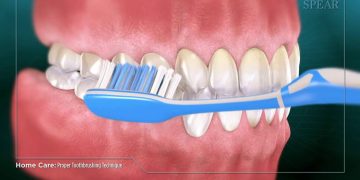
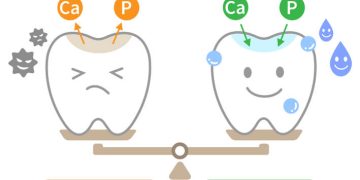





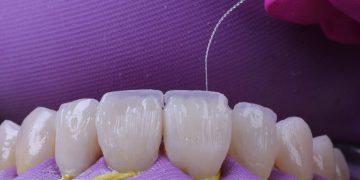
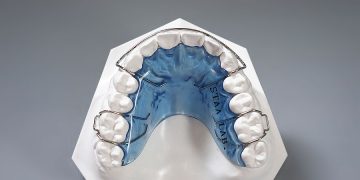

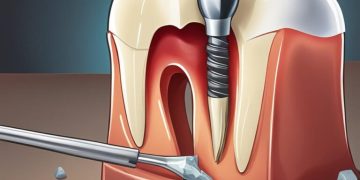



















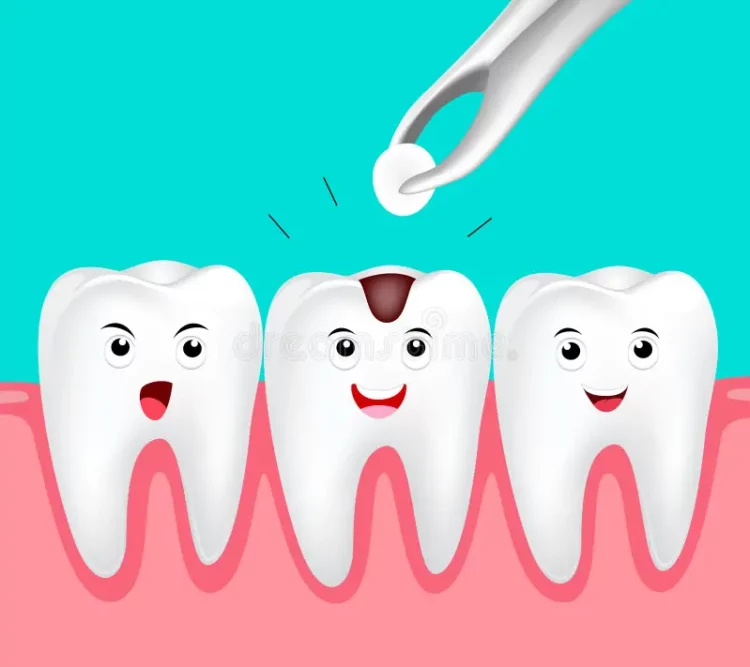













Discussion about this post